Teaching Geometry: The Properties Of Shapes
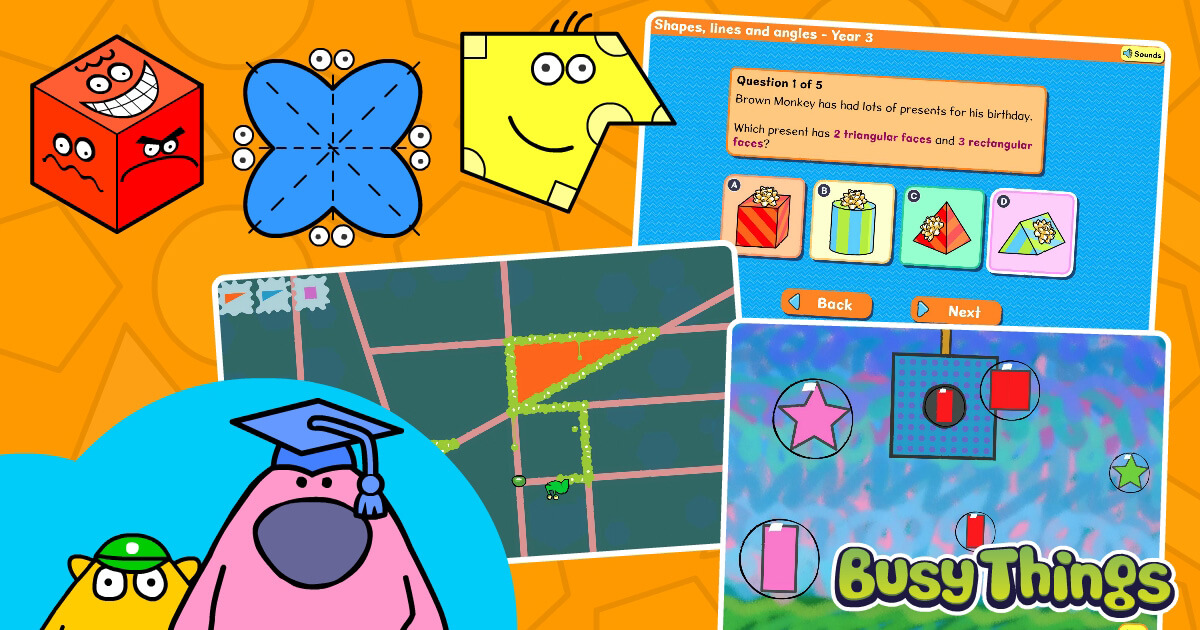
Geometry – properties of shapes is an area of the curriculum, that is covered in each and every year of primary school from Early Years right through to Year 6.
Seen as a foundation stone of the maths curriculum, understanding geometric shapes helps children acquire and develop spatial skills and supports logical thinking. Learning about geometric shapes also helps children to understand concepts such as lines, angles, sides and patterns, which are useful across the curriculum.
In this post, written by our in-house teacher advisor, we highlight how Busy Things’ activities can support children’s learning about shape throughout primary school. Shape is an area of Busy Things we’ve significantly improved in recent weeks. It has more activities within it, a new menu screen and teaching tips too making it well worth a look. To showcase some of the activities so you can try them for yourself, we’ve made a selection free to play. You’ll see these activities pinpointed throughout the text. To access them, simply click on their hyperlinks.
If you’d like to see more as a result of this taster, feel free to explore Busy Things further by taking a free trial.
Early Years
Early Years shape activities encourage children to explore common shapes, promoting their use of informal mathematical language and building on it for use further up the school. Activities such as ‘Shape up’, ‘Tangranimals’ and ‘Bubbles – shapes’ (below), are fantastic for getting children to notice and observe 2-D shapes!
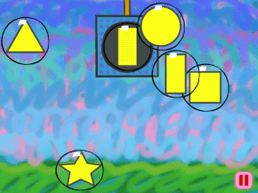
Spatial reasoning skills are developed through simple jigsaws such as ‘Jigsaw puzzle’ and ‘Picture perfect’ where shapes can be selected, rotated and manipulated into spaces. Some jigsaws also have cross-curricular links to other subjects such as Traditional tales in English.
The Early Years shape activities are fun and engaging whilst familiarising children with the simple properties of common shapes.
Key Stage 1
The National Curriculum requires children in Key Stage 1 to ‘develop their ability to recognise, describe, draw, compare and sort different shapes and use the related vocabulary.’
Activities for ages 5-7 get children naming and recognising the most common 2-D and 3-D shapes. Flashcard revision of these allows the teacher to test students’ shape recognition skills; this is a great assessment tool for noticing any gaps in knowledge which can then be addressed.
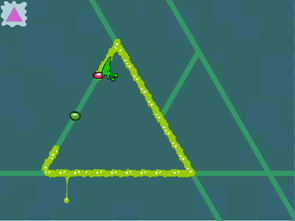
Building on from this, the properties of common 2-D and 3-D shapes are explored, using language such as faces, vertices, sides and corners in the various ‘How many __?’ classifying activities and also the ‘Slime time’ activity, shown left.
Line symmetry in a vertical line is covered in activities like ‘Symmetrical or not?’ Children can also create fun symmetrical pictures with ‘Mirror magic’ and ‘Snowflakes.’
Children will love the fun shape games in this age setting; from the Tetris-style ‘Road blocks’ to ‘Pretty Things: Busy blocks’ where children can drop blocks of varying shapes and then make them explode.
Key Stage 2
The National Curriculum for Key Stage 2 requires children to ‘analyse shapes and their properties, and confidently describe the relationships between them’ (7-9) and ‘classify shapes with increasingly complex geometric properties and that they learn the vocabulary they need to describe them’ (9-11).
Children’s knowledge of the properties of shape is built upon further in age bands 7-11 through classifying more complex 2-D and 3-D shapes in the ‘Quadrilaterals,’ ‘Regular and irregular polygons’ and ‘Different types of triangles’ activities as well as looking at nets of 3-D shapes.
Angles are introduced in the various ‘Interior and exterior angles’ activities, including acute, obtuse, reflex and right angles and how these relate to turns.
The parallel and perpendicular lines activities have accompanying printable PDF documents so children can physically cut and fold shapes.
Children are exposed to naming parts of a circle, including the fact that the diameter of a circle is twice the radius with the ‘Parts of a circle’ activity.
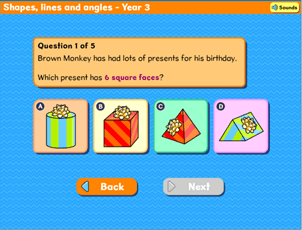
Quizzes in these age bands, like the ‘Shapes, lines and angles’ quiz (left), test children’s knowledge of shapes, lines and angles.
These quizzes can be assigned by the teacher and the results collated. They’re a great assessment tool for the teacher to check any gaps in shape knowledge.
Additional Information
Most shape activities contain guidance, teaching tips and discussion points as well as stem sentences which are useful for giving children structure to their answers. Teaching tips make suggestions for other ideas within the lesson. Discussion points include targeted questions to get children thinking mathematically.

There is some overlap between the age bands and also the option within the activity settings to alter the difficulty level for different age groups.
Activities are designed to expose children to the correct vocabulary when talking about various shapes and their properties.
Summary
We hope this post has revealed a few new activities for you to try as you teach shape. Please feel free to try the ones we’ve highlighted by searching for them by name if you have a login.
If you don’t have a login but would like to take advantage of our 28-day free trial, it’s very easy to arrange. Simply click here and once you’ve provided us with a few school details, you’ll get 28 days free access to try out all our activities without obligation to subscribe.
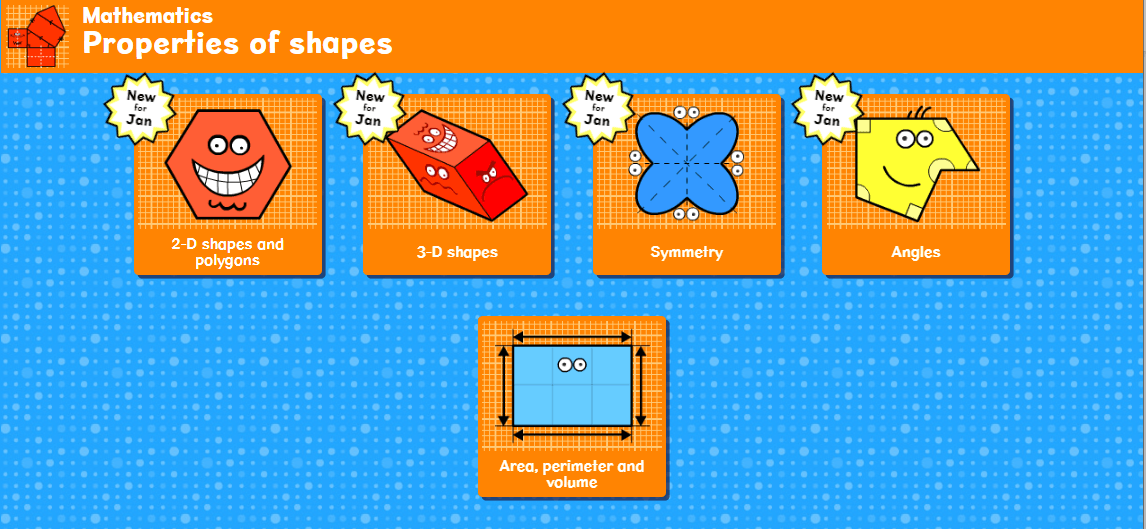
Keep your eyes peeled too for our new activities. We have several new ones that focus on perpendicular lines, 3-D shapes and nets, and symmetry.
Watch out for details in our News section and Activity of the Month area!